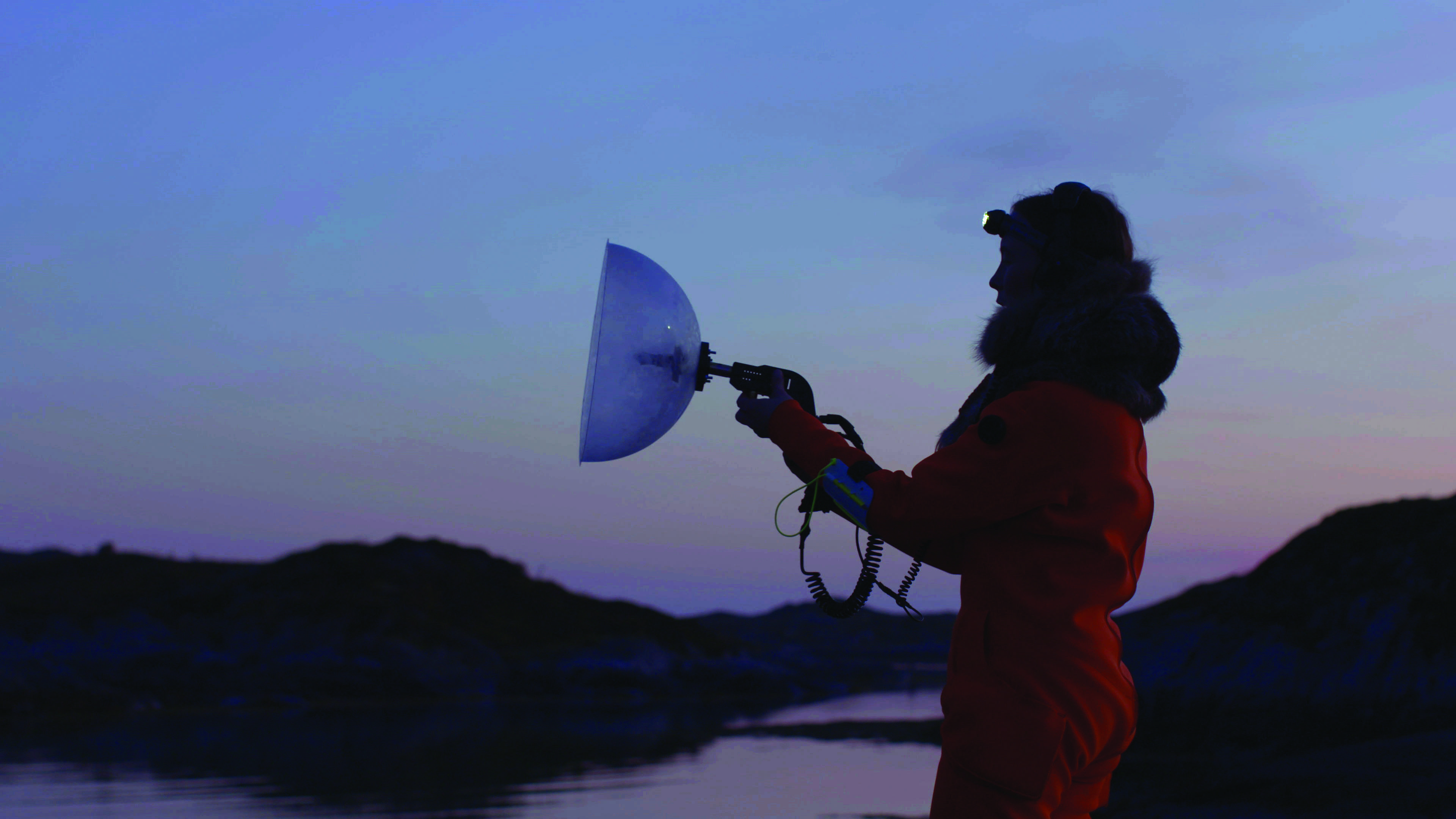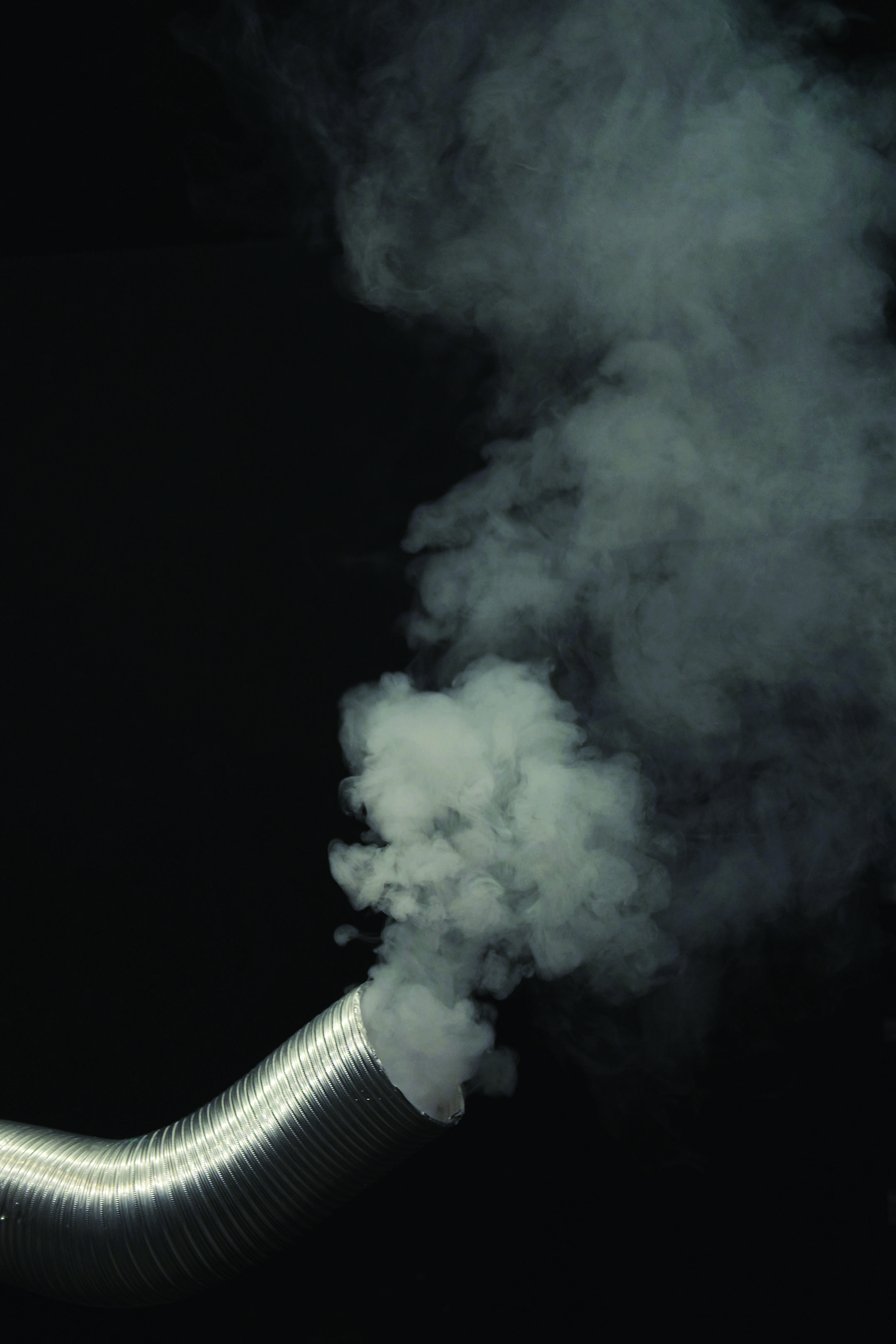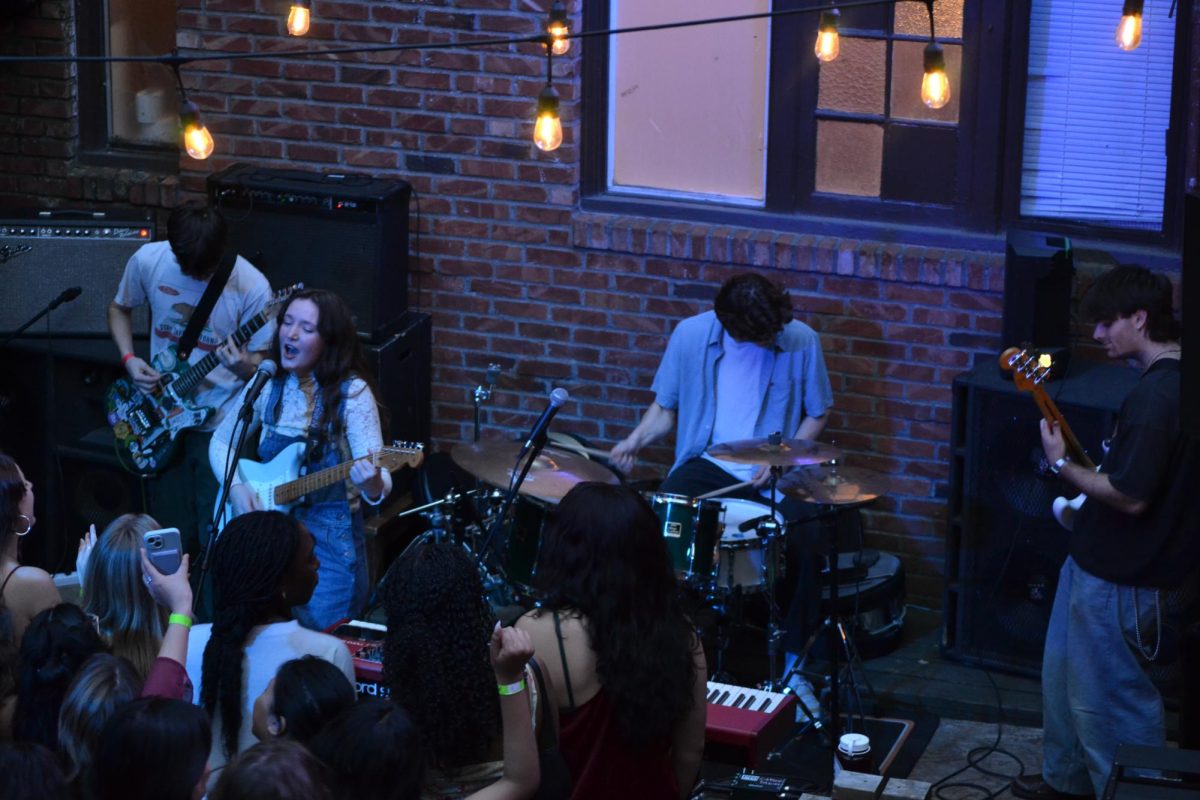“Between Bodies” rethinks definition of bodies
Despite a windy Friday morning on the busy University of Washington campus, the Henry Art Gallery was quiet with contemplation behind its heavy glass doors.
The opening of a new exhibit was wrapped up, prepared for the public eyes and scheduled to officially open the following Saturday.
Artists hovered around their works, awaiting the press. Some were standing back, leaning on one hip, others working close to tiny details, nudging specifics into place.
When the curator arrived with reporters, they stood tall against the backdrop of their work, some humbly smiling, others casually standing in the space they created.
They had a story to tell.
In a time where stress of climate change resonates with some and does not convince others, the Henry invited these artists to ponder the question of what exactly makes people human, and how that understanding affects the relationships we have with human and non-human bodies.

The exhibition was titled “Between Bodies.”
Nina Bozicnik, an Associate Curator at the Henry, organized a variety of artists with different styles to create spaces in which visitors could explore different ways of being and forming relations, sometimes through a feminist or queer perspective, two ideas that are extremely significant to the project as a whole.
“I was starting to think about artists who were similarly engaged,” Bozicnik said.
“They’re really tapping into different ways you can see, hear and feel differently.”
One piece included the use of augmented reality, poetry and sound to create an immersive experience that explored the possibilities of an earth without forests, drawing inspiration from the artists’ individual experience.
“If the planet dies, we all die,” said micha cárdenas, one of the two artists who worked on this exhibit, and who intentionally chooses not to capitalize her name.
Abraham Avnisan worked on the augmented reality and video display portion of the project while cárdenas used poetry drawn from personal experience with fire, smoke and planet destruction.
“We can’t just think about justice for humans,” cárdenas said.
Another artist in the exhibition, Caitlin Berrigan, used techniques of film and display to capture an atmosphere that invites visitors to consider what goes on underneath the surface of the earth we see, such as the ocean and underground activity. Her film work is part of what she called “Episode One,” and is the beginning of a series on similar ideas.
Bozicnik said she wanted to create a focus on the idea of bodies and the deconstruction of the idea of bodily hierarchies.
“They’re really imagining disrupting these systems and different forms of breaking down these hierarchies between thinking the human is some sort of exceptional creature,” Bozicnik said.
“Between Bodies” is about understanding the relationships humans form with the non-human bodies around them, showing how humans form relations with these separate bodies.
The ocean, as Bozicnik gave as an example, is a largely influential body. She was hesitant to name it as such, because of her mentioned hierarchal deconstruction.
The earth in general was identified as a body through Berrigan’s portion of the exhibit, which included an interactive corner of the wall, shaped triangularly like a mountain, into which visitors can lean. The piece embraces the person leaning back into it and vibrates or shudders to mimic the recordings of seismic activity of a real volcano.
Other parts of the exhibit further explore the effect of world change on organisms currently alive on earth.

A piece by Candice Lin and Patrick Staff inspects homemade hormonal therapy and the societal implications that might exist around it. This piece is positioned on either side of the entrance to the entire exhibit, casting a subtle theme for the rest of the pieces.
“The work kind of broadly, across different methodology, is thinking through feminist and queer perspectives,” Bozicnik said.
In the piece involving augmented reality, a character was produced that is suggested to be genderless by our current definitions.
Bozicnik tied this idea into other influential world events, such as the changing of the planet. Human culture, along with other evolving elements on earth, is also shifting.
She also mentioned that while the artists may be addressing current issues, they are not officially commenting on the issues.
“These artists are not proposing solutions, they’re not even sometimes taking up a positive or negative stance,” she said.
“That idea of different forms of being and forming relations is really significant to the project.”
The Henry Art Gallery will be showing Between Bodies until April 28, 2019.
















































































